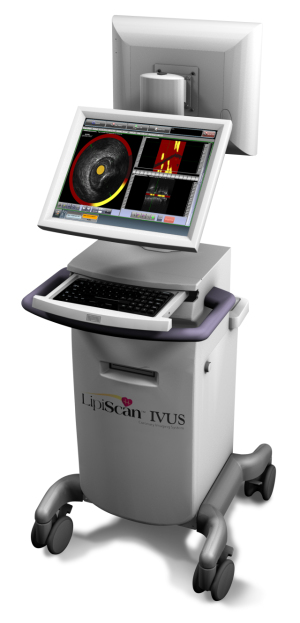by
Olga Deshchenko, DOTmed News Reporter | September 03, 2010
InfraRedx Inc. said this week the U.S. Food and Drug Administration cleared its catheter-based coronary imaging system, the LipiScan IVUS, designed to detect lipid-core-containing plaques.
LipiScan IVUS is the first and only FDA-cleared product to combine near-infrared spectroscopy and intravascular ultrasound technologies into one system to help physicians identify and characterize intracoronary plaques, the company said. Such plaques are known to complicate stenting procedures and cause heart attacks.
"Physicians are going to see an immediate benefit with this technology and their ability to safely and effectively improve their stenting procedures in an interventional cardiology lab," Grant Frazier, vice president of marketing for InfraRedx, told DOTmed News. "This is what this device is designed it to do - help doctors really optimize their stenting success."



Ad Statistics
Times Displayed: 183754
Times Visited: 4145 For those who need to move fast and expand clinical capabilities -- and would love new equipment -- the uCT 550 Advance offers a new fully configured 80-slice CT in up to 2 weeks with routine maintenance and parts and Software Upgrades for Life™ included.
The LipiScan IVUS technology is unique because it combines "sight and sound," near-infrared spectroscopy and IVUS technologies. Frazier explained that IVUS is successful in identifying the structure of cardiovascular disease and plaque but it can't definitively tell a physician what the plaque consists of or what's in it.
"With our LipiScan technology that performs near-infrared spectroscopy, the physician can now get a chemical analysis of that plaque inside the patient in real time and they can know for the first time, where lipid-core-plaques are inside the vasculature," said Frazier. "We believe that the LipiScan technology is the perfect blend of the chemical and the imaging technologies necessary to improve on and reduce those complications."
Frazier said that although 2 million people worldwide undergo coronary stenting procedures, approximately 30 percent of patients experience complications.
"There are many doctors who specialize in plaque characterization, who recognize that it's an important consideration when they're in the lab, planning their stenting strategy," said Frazier. "Up until now, they've never really had an effective technology to answer the questions they have about plaque composition and plaque characterizations and the role that might play in helping them decide whether to stent; and if they are going to stent, where to place that stent."
The Burlington, Mass.-based company plans for a broad commercial launch of the imaging system in the United States this year and expects European regulatory approval and launch during 2011.
The company said it plans to work on cardiovascular technological innovations in the future that help address the initial complications that get patients into the cath lab.

